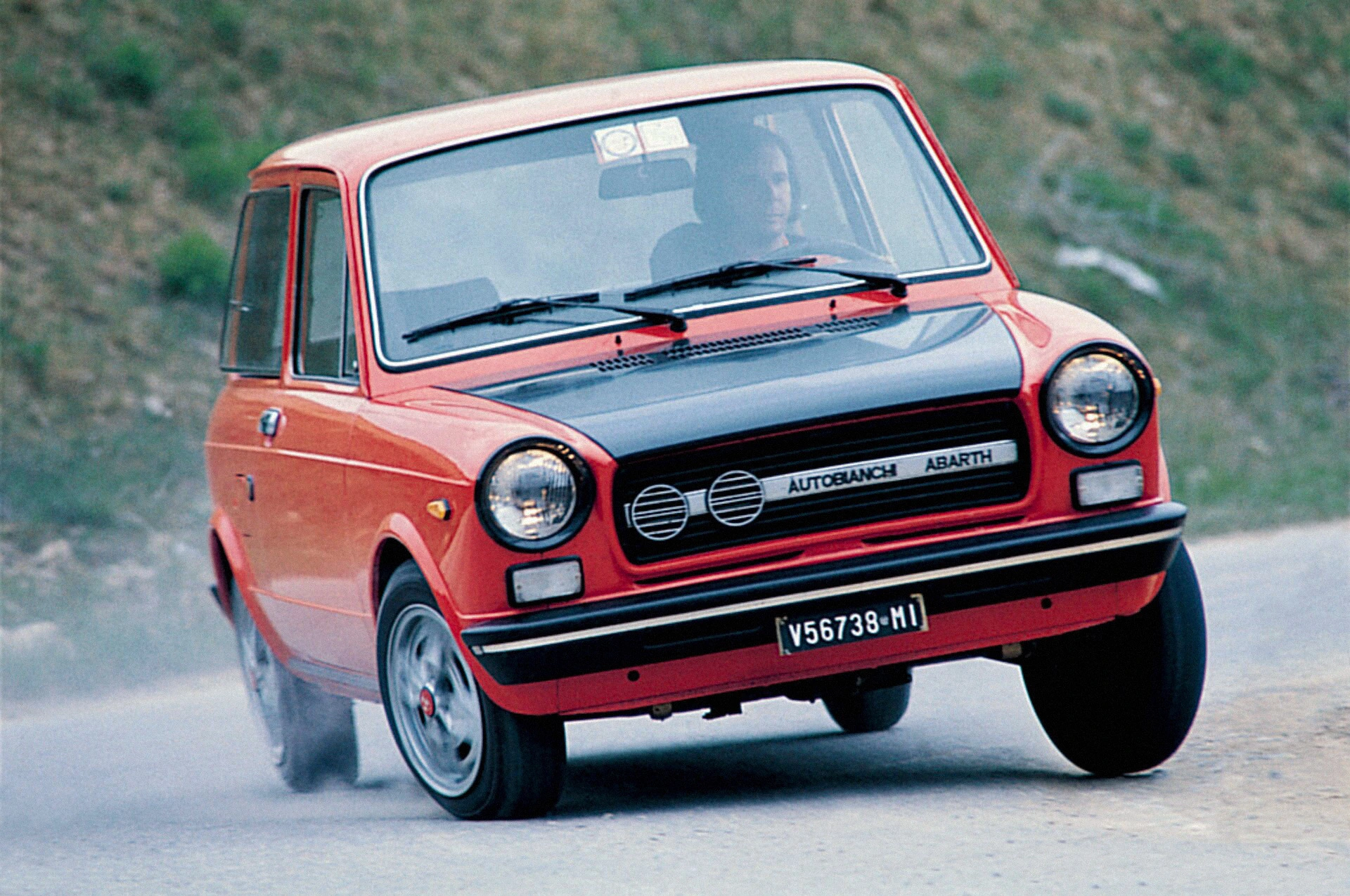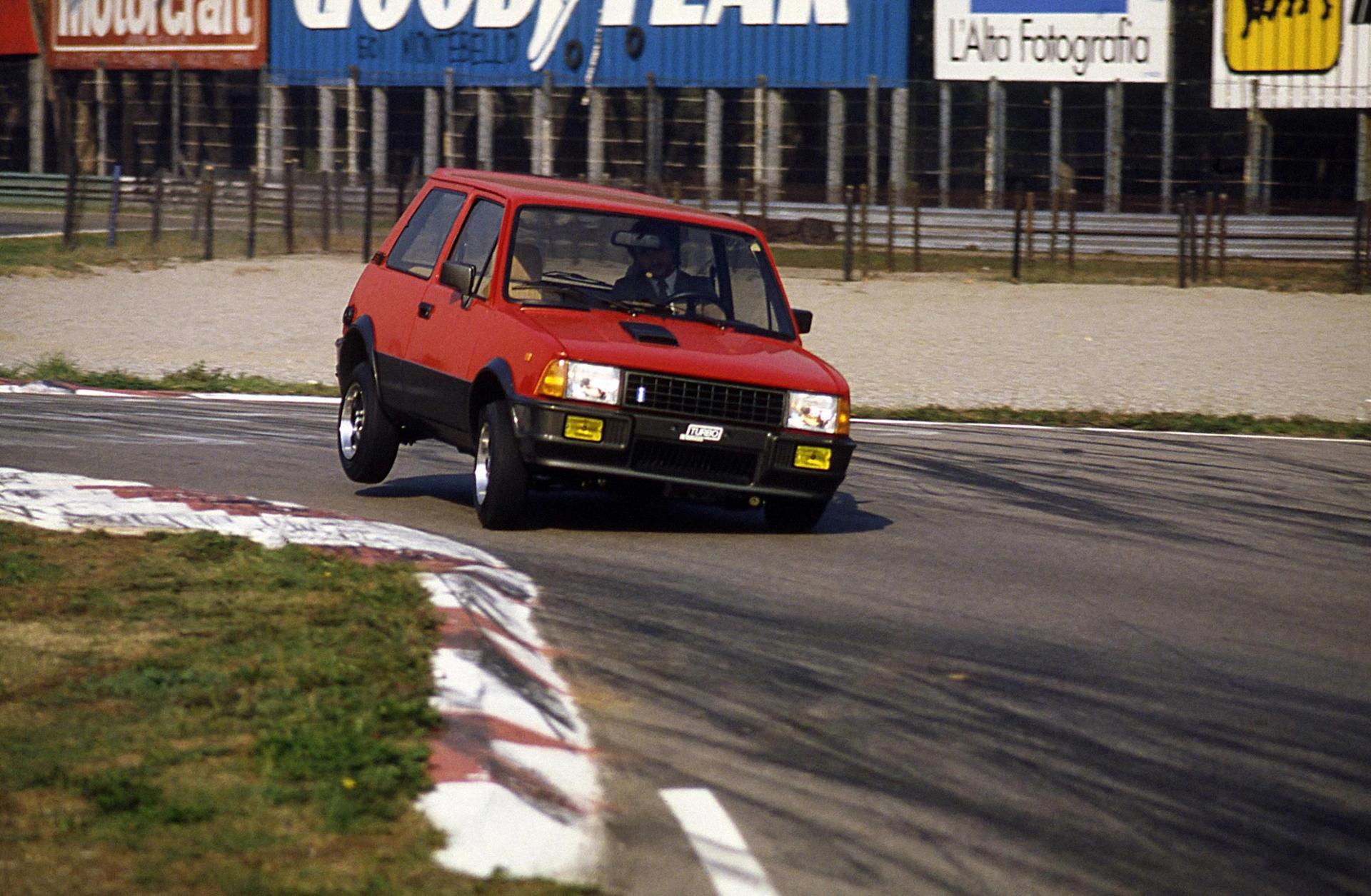Noble Sisters: Autobianchi A112 Abarth
02 November 2024 7 min read 4 images

Photo credit: Autobianchi, Stellantis, Wheelsage
We are in the 1970s, a period in Italy marked by social tensions and major changes following the economic boom from 1958 to 1963 when GDP grew at an annual rate of 6.3%. Durable consumer goods such as appliances and cars became accessible to a larger audience. In the automotive field, the MINI dominated, partly due to the acquisition of Innocenti, which produced the model in Lambrate, bypassing customs duties and making it a commercial success among young people. To regain market share, Fiat introduced the A112 in 1969 at the Turin Motor Show, a creation of Dante Giacosa that would sell over 1.2 million units by 1986.
Register to unlock this article
Signing up is free and gives you access to hundreds of articles and additional benefits. See what’s included in your free membership. See what's included in your free membership.
Already have an account? Log In


